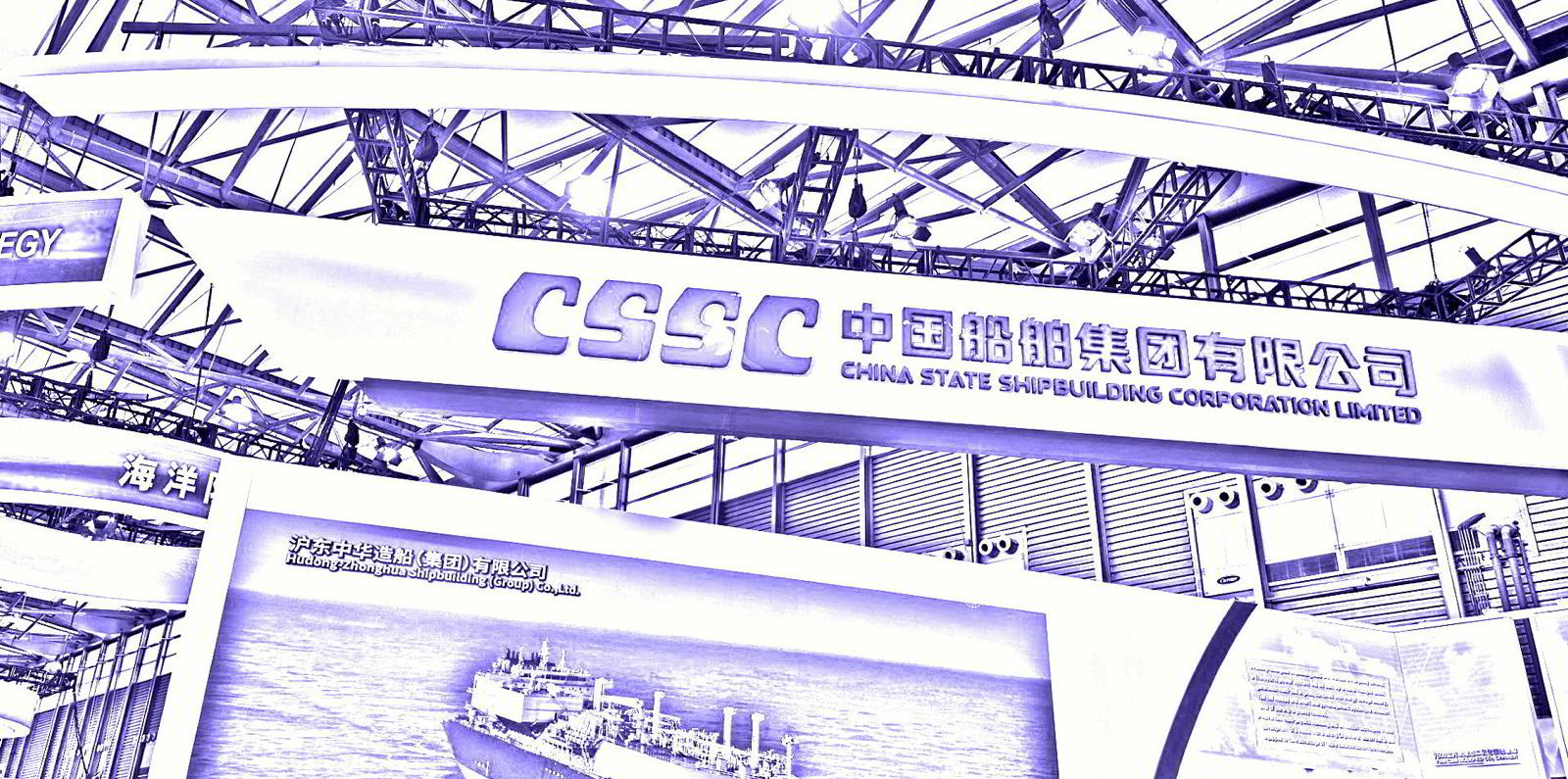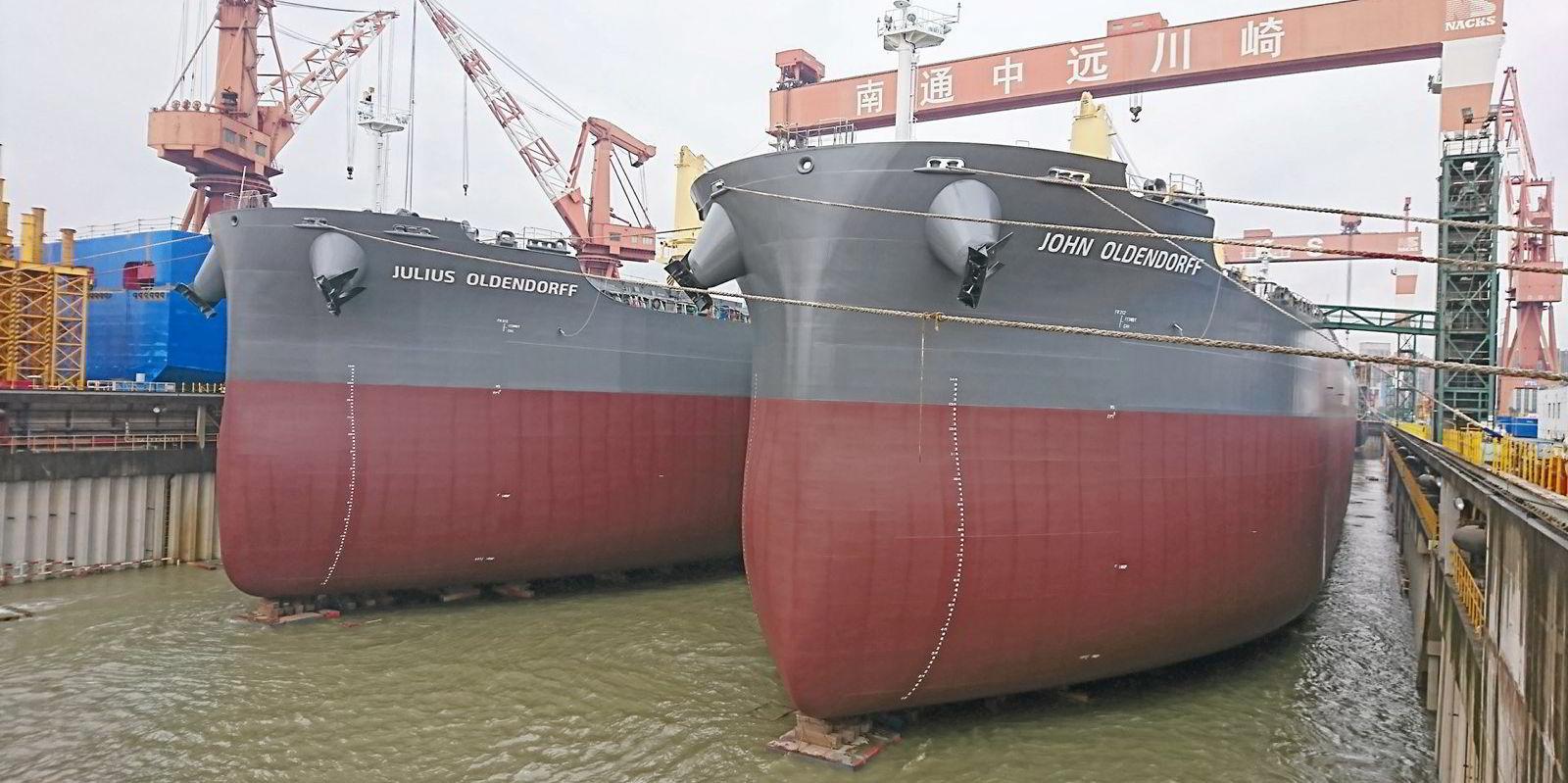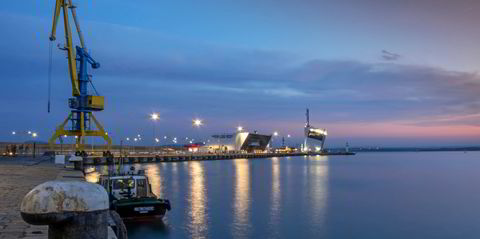Shipbuilders have enjoyed two good years due to a rush of orders for new container ships, car carriers and gas tankers driven by fleet renewal for dual-fuel vessels that can sail on alternative fuels.
Consultancy and research company Maritime Strategies International concluded that in 2022 and 2023, newbuilding contracting massively exceeded underlying replacement and incremental demand growth requirements.
“After the container-boosted wonder year of 2021, we anticipated contracting would ease back in 2022 and 2023. It now looks like around 137m gross tonnes was ordered over the two years, with huge investment in container ships, LNG carriers and car carriers,” said MSI director Stuart Nicoll.
So is the shipbuilding bull run coming to an end?
Demand for new boxships has significantly reduced due to low freight rates, and a large orderbook for car carriers stands at more than 30% of the current global fleet.
Nicoll believes the run on the three ship types is finally out of steam and he forecasts the order volume to fall to an aggregate of 16m gt during 2024 from an average of 47m gt per year from 2021 to 2023.
“With these ship types taking a breather, the only real contenders for high-volume activity will be oil tankers and bulkers,” he said. But he is not expecting a major surge in orders for those two ship types.
Stephen Gordon of Clarksons Research also projected that more tankers may be ordered in 2024, as the ship type constitutes the smallest in the orderbook as a percentage of the newbuilding fleet. He also expects some orders for cruise ships.
“The cruise industry had a very difficult period during Covid,” said Gordon. “This year [2023] passenger numbers have returned to the same levels as pre-Covid. We estimate they will reach 31m passengers [in 2023] and next year we are expecting up to 35m people will take a cruise globally. So, from a shipbuilding perspective, perhaps we will start to see some increases in cruise newbuilding creating activity in the coming years.”
The order spree for container ships, car carriers and gas carriers in the last two years coupled with limited yard slot availability and general inflationary pressures for shipbuilders — including labour costs — have led to price increases in newbuildings of about 40% since 2019.
However, the price level is still low compared with the market peak in 2008 when a kamsarmax bulker could be ordered at about $50m, while a VLCC was around $160m compared with the current price of $35m and $128m, respectively.

Declining prices
“A decline in prices is still our base case view, given that our forecast is that aggregate contracting will be lower than deliveries in 2024 and 2025,” said Nicoll.
“Annual average price levels in 2024 are likely to be a whisker below this year, meaning an extended peak. While the strength is supported by the backlog at shipyards, it does come at a time of easing in some yard costs. It is also worth reiterating that key Asian currencies are forecast to remain at extremely low levels next year and in 2025, boosting yard income in local currency units.”
China dominates the world’s shipbuilding market and for the first time, Chinese shipyards produced about 50% of the 35m gt global output in 2023, according to Clarksons’ Gordon.
MSI said China is leading the newbuilding orderbook for container ships, bulkers, tankers and car carriers and, as of the end of November, the total tonnage on order there was 102m gt.
South Korea comes in second but half of its total newbuildings are made up of gas carriers.
Japan is third and sits on an order backlog that is less than 20% of China’s and its newbuildings mainly comprise bulk carriers.
Meeting deliveries
“With oil tankers and dry bulk carriers projected by MSI to account for 32% and 25% respectively of newbuilding contracting next year [in 2024], it seems probable that China will continue to secure the majority of orders in terms of gt,” said MSI’s Nicoll.
“In many ways, the most interesting feature of 2024 and 2025 is the extent to which yards will be able to meet scheduled deliveries,” he said.
China is lined up to deliver 35m gt in 2024 compared with the average output of 25.3m gt in the last three years. South Korea is scheduled to deliver 23m gt against a 16m gt average and Japan has an achievable 10.8m gt.
“It might be considered that a recent spate of shipyard reactivations will help the orderbook to be delivered on time,” said Nicoll.






